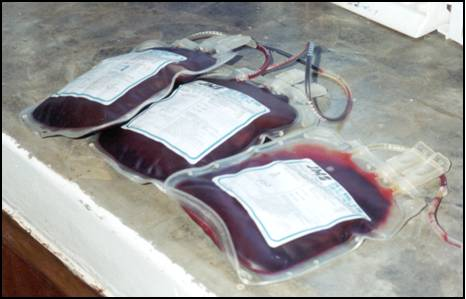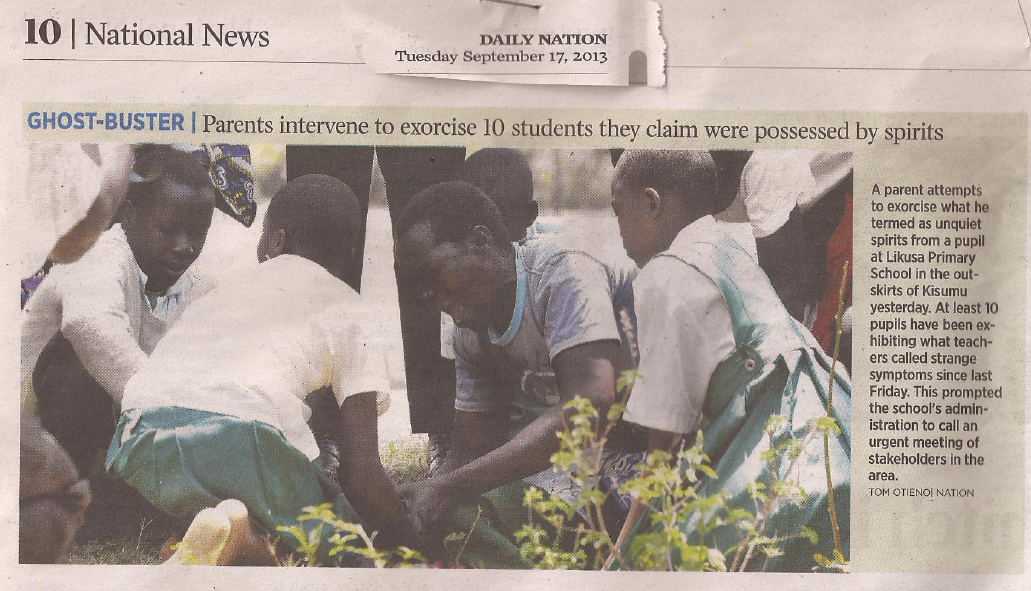
Little girls with grown-up worries
When I think of dolls from my childhood, the image I have is a hard plastic, peach colored, blue-eyed, straw haired thingie, that I clearly did not have a strong attachment to. Perhaps dolls were more expensive then and most of what would have been my dolly-playing years were spend playing outside.
But my daughter has a number of dolls. They are pretty cheap these days, though they break at the drop of a hat. I shall not delve into the colour of the dolls – but it is rare to find a brown doll whose hue represents what you see on an African – but that is a story for another day…
I am interested in other things today – the shape of the dolls and how that impacts on little girls growing up playing with them.
I think I am right in saying that across the world, the Barbie doll and it’s variants are the most common. But it has spread to Lego sets based on Barbie like models – TV programs on Barbie and her friends. A lot of the story books – all pink and purple – have girls mostly shaped like Barbie.
It’s one thing to have a doll you play with once in a while but when every add and TV program presents you with a certain shape of what a hot-looking woman looks like, whatever the colour –this must begin to sip into the system.
I have plagiarised portions of text from a paper published by Rebecca and colleagues in the USA Body image Journal looking at how dolls influence body image for girls 6-8 years of age
Dolls and body dissatisfaction in little girls
The media is a transmitter of the sociocultural thin body ideal that exposes women and young girls to images of extremely thin figures, a look that is unattainable for the average woman. The average female body portrayed in the media is between 13% and 19% below the expected weight for women. The achievement of this socially accepted body type is associated with happiness and acceptance . However, when the ideal body shape cannot be attained, dissatisfaction with one’s own body may be the result.
If your typical Barbie had real life proportions, she would be 5 feet 9inch, a bust of 36 inches and an 18 inch waist. That shape is not only improbable but unhealthy and a real woman with such proportions would have such a low weight, she would be unable to menstruate.
Anschutz and Engels published in a paper in the journal Sex Roles in 2010, found that playing with these thin Barbie’s had an impact on food intake. The full paper is free online…..
Effect of playing with thin dolls on body image
The study involved 117 Dutch girls aged 6-10 years of age. Girls were put in groups – some playing with average sized dolls and others with Barbie dolls. They were presented with naked dolls that they dressed for play or work and a control group that played with building Lego. After about 10 minutes of play, they answered a few questions and then were presented with different chocolate coloured peanuts and asked to try them and see which colour they preferred – in an effort to find out whether playing with dolls affected food intake.
The researchers reported that girls who played with full bodied dolls consumed more food after play time than those who played with Barbie.
The Barbie doll types on TV are often not only very thin but scantily dressed. It is amazing how the most innocent looking cartoons and kids programs show girls who are very skimpily dressed, obsessed with or following boys around.
In a paper with a title that starts ‘Little girls in a grown up world’ Amy Slater and Marika Tiggermann from the UK and Australia look at how girls aged 6-9 years of age are influenced by sexualised images on TV and magazines.
Little girls in a grown-up world
Their study had 300 girls all in year 1-3 of primary school in Australia. They showed these girls dolls from fully covered to more exposed – more sexualised. They asked them to say what they think they look like, how they would want to look and which one they think boys or girls would consider most desirable.
More than half the girls expressed a preference for thinner body size. The girls that had a preference for sexier clothing were less satisfied with the body they had. Those that rated sexier clothing as desirable for boys also had a lower body esteem.
All this research is from the West where obsession with being thin is big. In Africa, our news readers, models on the cover our magazines and role models are often full-bodied. However, children’s television is the same the world over – Barbie is on the menu. Little girls across the world are being fed this thin ideal – would it possibly have an impact?
Would African girls be influenced by the Barbie as much their agemates in the West? Surrounded by women of different shapes who may complain about their size but are not obsessed by it.
Perhaps not.
But think about how young boys across the world, obsess about having a 6-pack – all their super heros have muscles tearing out of their shirts – perhaps the boys are in as bad a place as well. Then I imagine that girls will be as attached to their Barbie dolls ‘perfect’ figure too.
What do you think?




